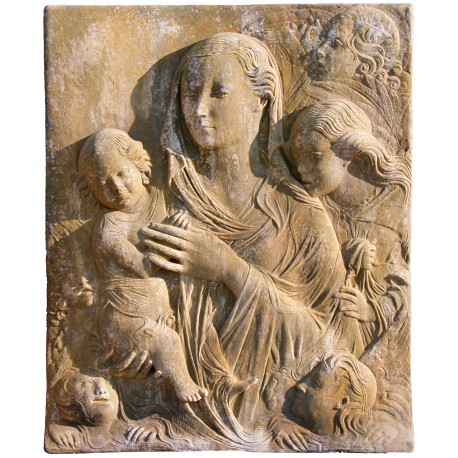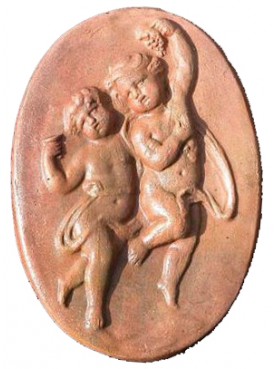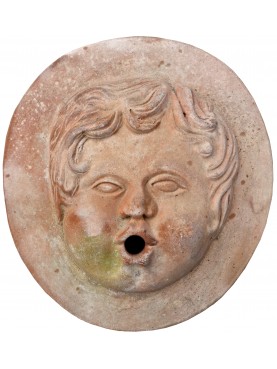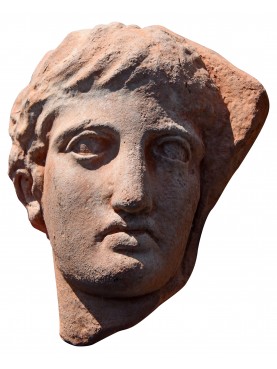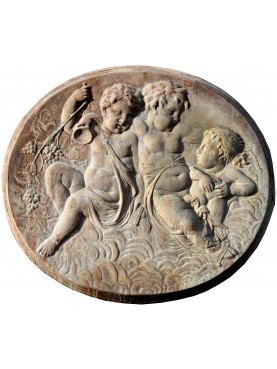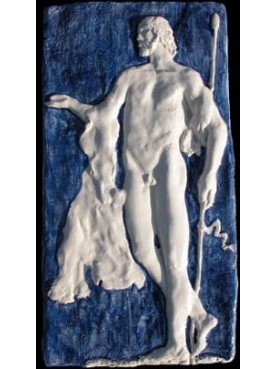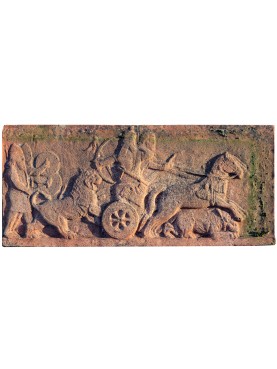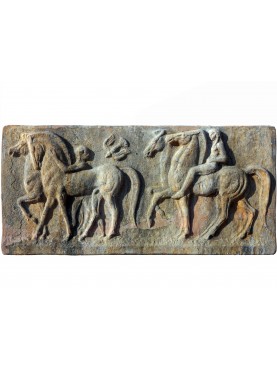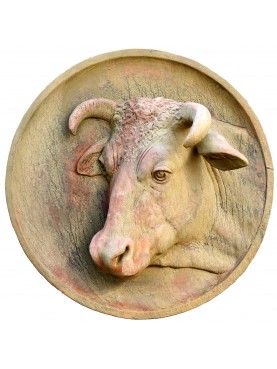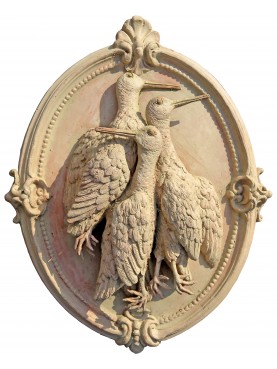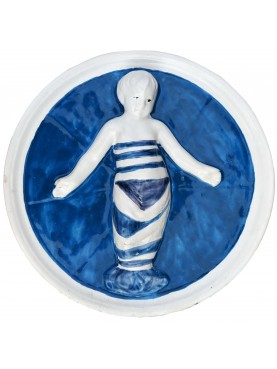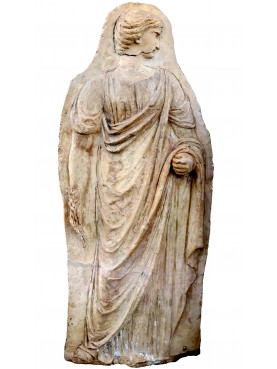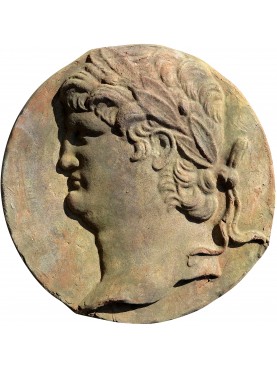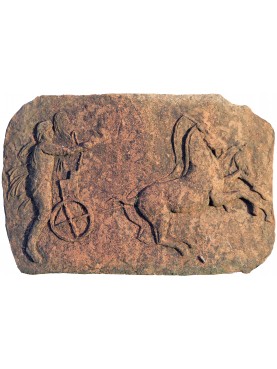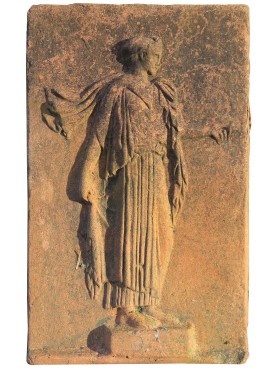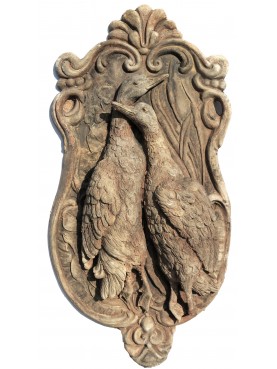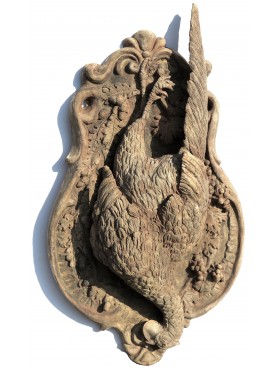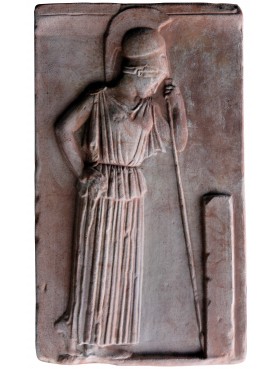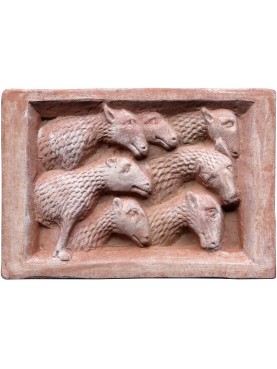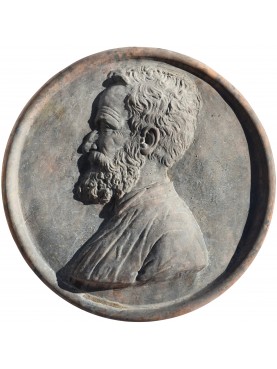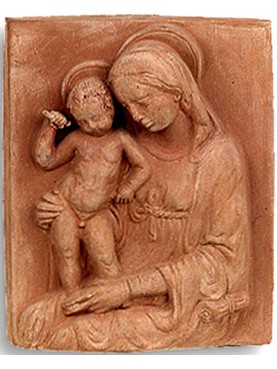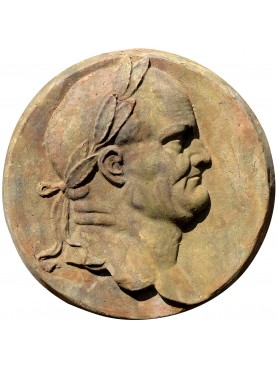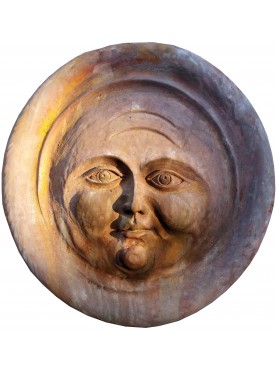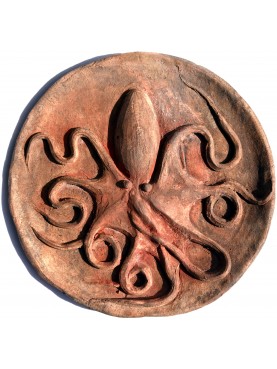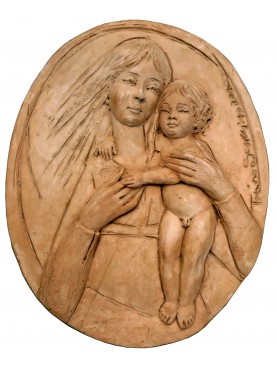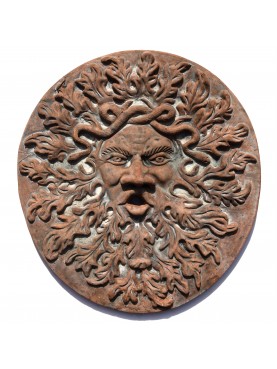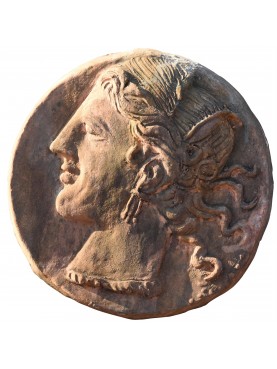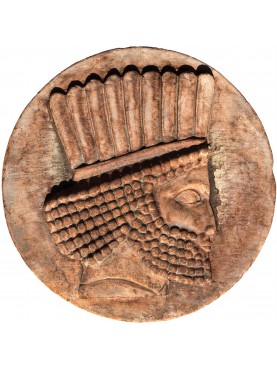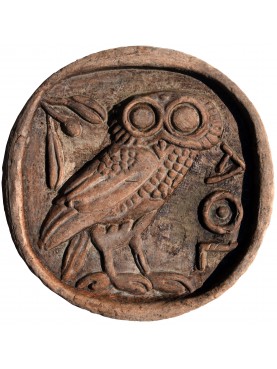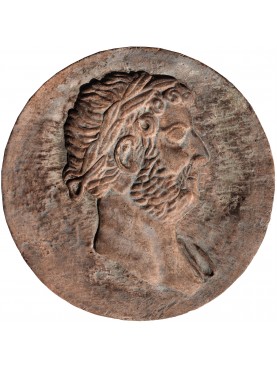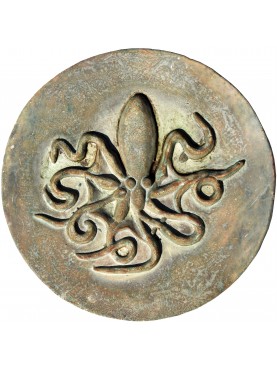Madonna del Carmine - Agostino di Duccio - terracotta - reproduction
Madonna del Carmine - Agostino di Duccio - terracotta - reproduction
2759
New
Terracotta copy of the Madonna del Carmine located in the Bargello Museum in Florence.
From an original cast of the Signa manufacture.
Patinated terracotta to perfection or in an engobe version.
The original is by Agostino di Duccio (Florence 1418 - Perugia about 1481), is in marble and is located in Florence in the Bargello National Museum.
Data sheet
| Height | 31.1 in | 79 cm |
| Width | 25.98 in | 66 cm |
| Thickness | 1.97 in | 5 cm |
| Weight | 44.09 lbs | 20 Kg |
| Artist / Creator / Architect | Agostino di Duccio (Firenze 1418 - Perugia 1481 circa) | |
| Historical period | First half of the 1400s | |
| Manufacturing | Made in Italy (Tuscany) | |
| Material | Terracotta | |
| Museum where the Original is exhibited | Bargello National Museum, Florence (Tuscany, Italy) | |
| Museum cataloging number | inventory Sculptures, n. 481 |
More info
Agostino di Duccio (1418 – c. 1481) was an early Renaissance Italian sculptor.
Born in Florence, he worked in Prato with Donatello and Michelozzo, who influenced him greatly. In 1441, he was accused of stealing precious materials from a Florentine monastery and was banished from his native city as a result. The following year he continued the work on the altar of S. Geminiano for the Cathedral of Modena, a work noticeable for the influence of Michelozzo.
In 1446, he studied late Gothic sculpture in Venice and met Matteo de' Pasti, a fellow sculptor who called on him to execute the sculptural decoration of the Tempio Malatestiano in Rimini, where he stayed from 1449 to 1457. The decorations were supposed to be a sort of mediaeval encyclopedia, with reliefs of zodiacal and other allegorical and mythological figures.
Between 1457 and 1462 he created the marble façade of the church of S. Bernardino at Perugia and the following years until 1470 he created many works especially in Florence, such as a Madonna d'Auvillers for Piero di Cosimo de' Medici, now found at the Louvre. In 1473 he designed the outer facade of the Porta di San Pietro in the city walls of Perugia, in a style influenced by Leone Battista Alberti. Other works are at Amelia and at the National Gallery of Umbria at Perugia. He died in about 1481 in Perugia.

